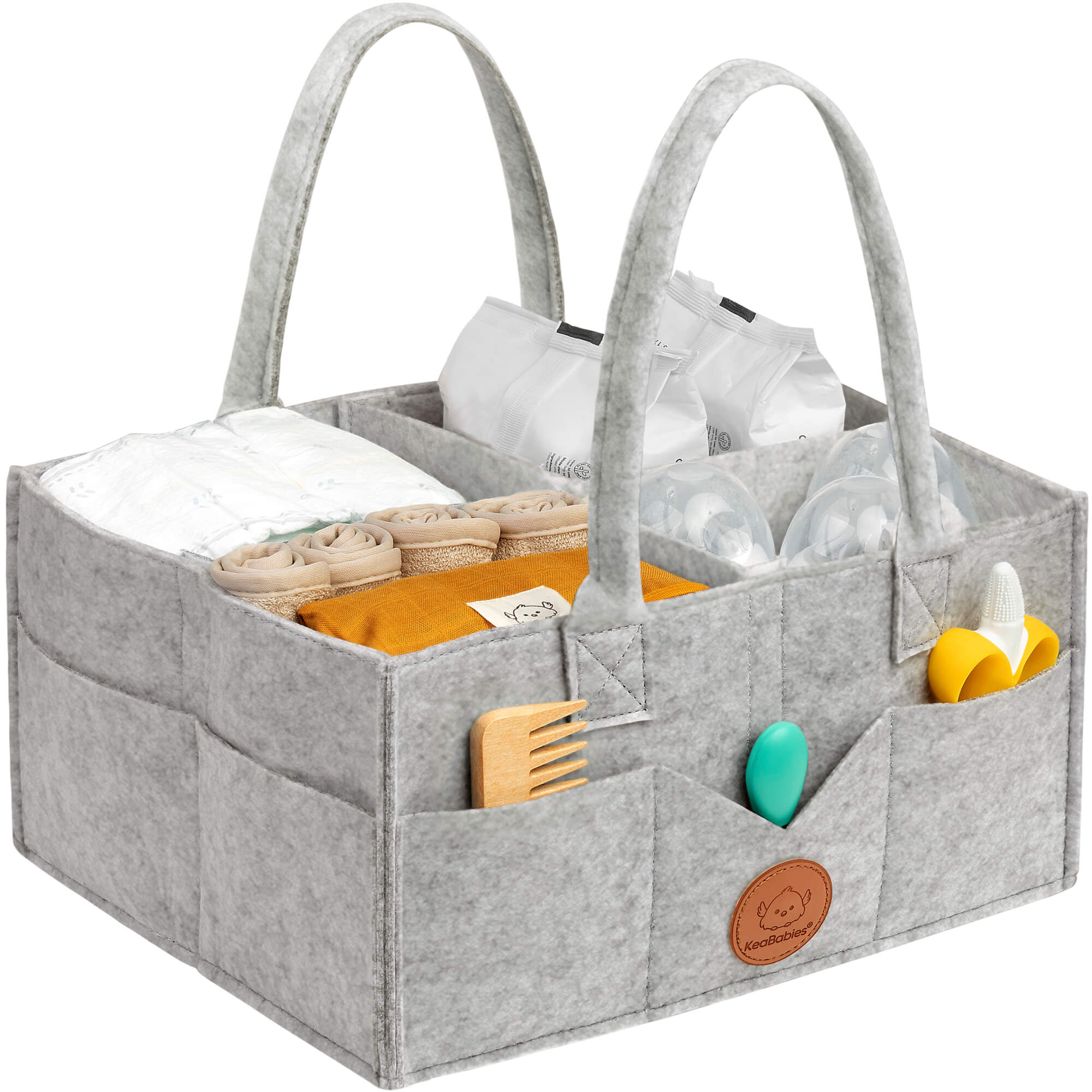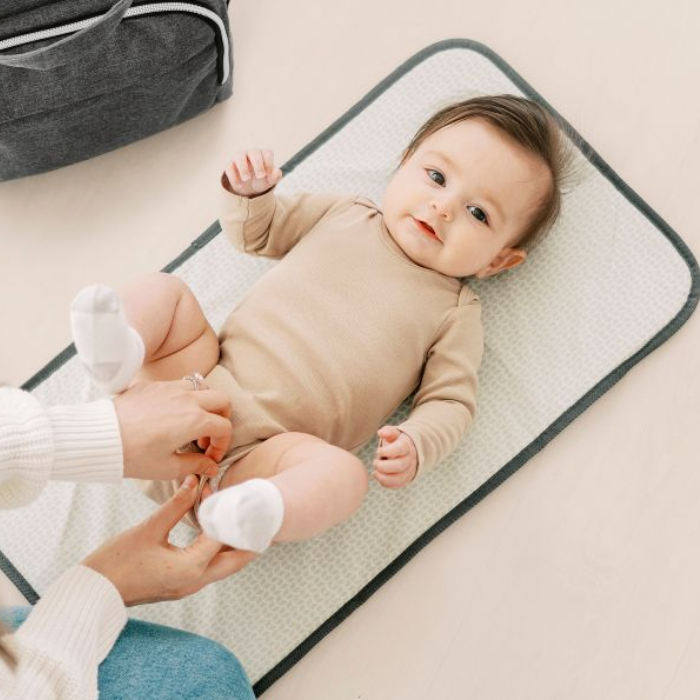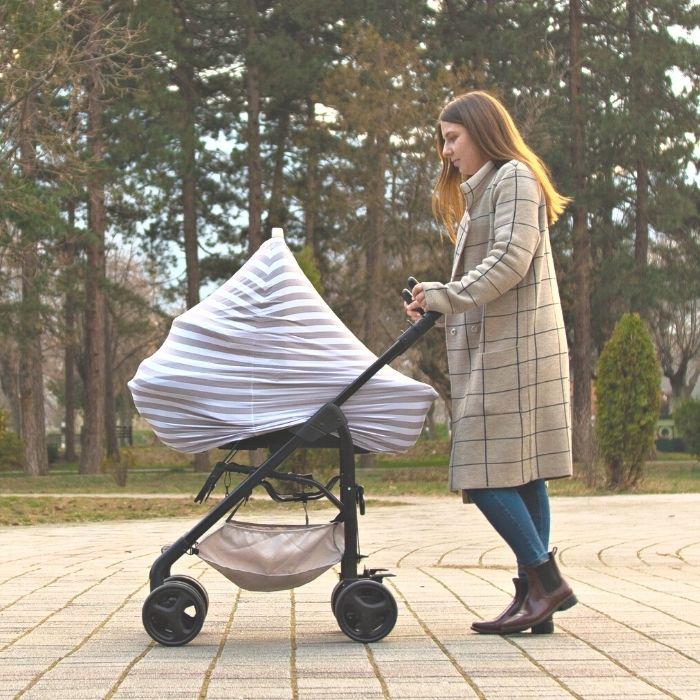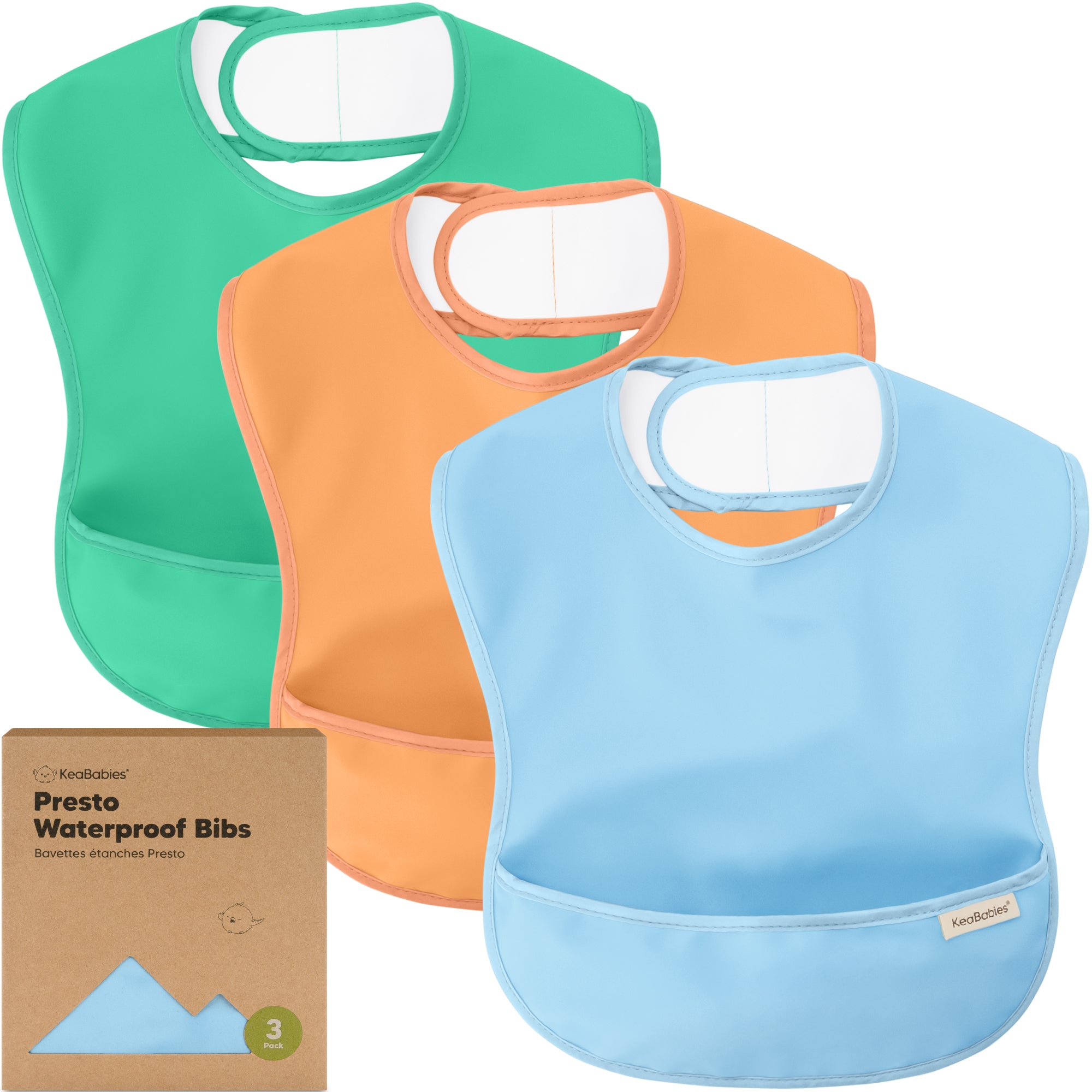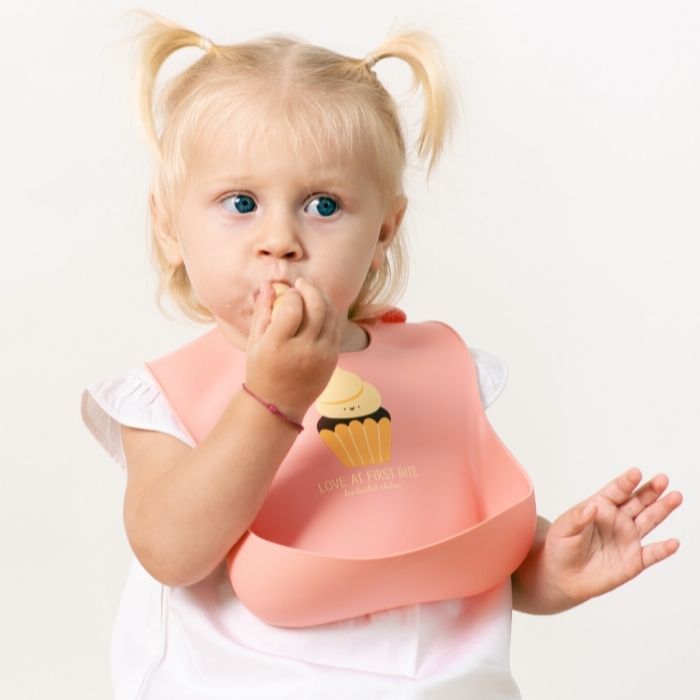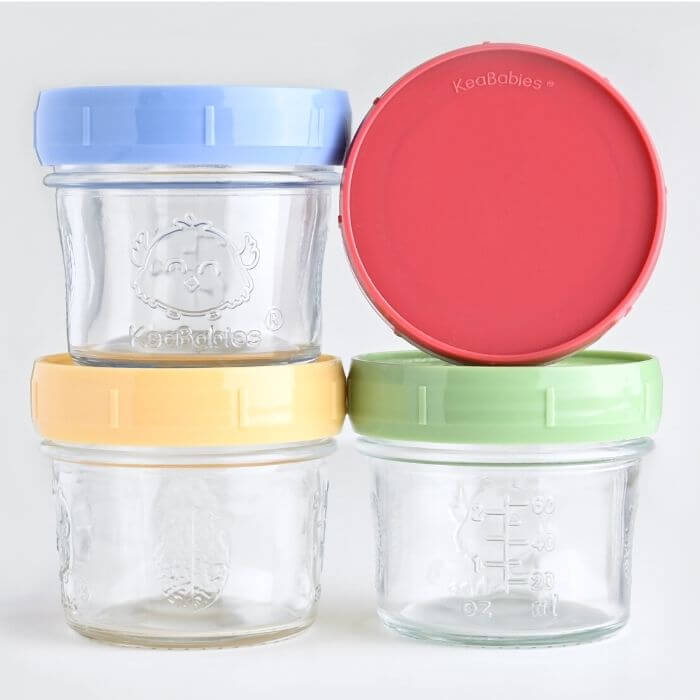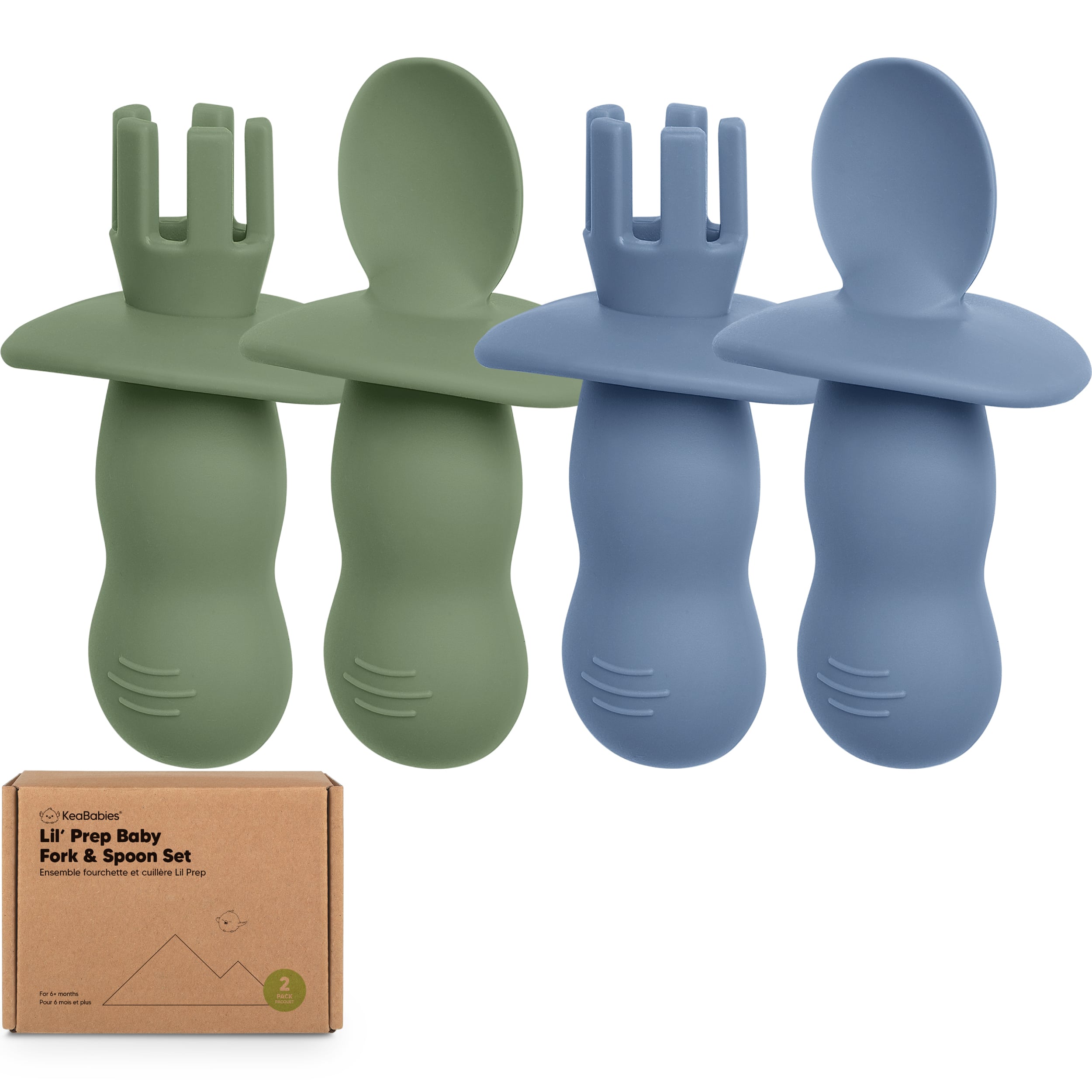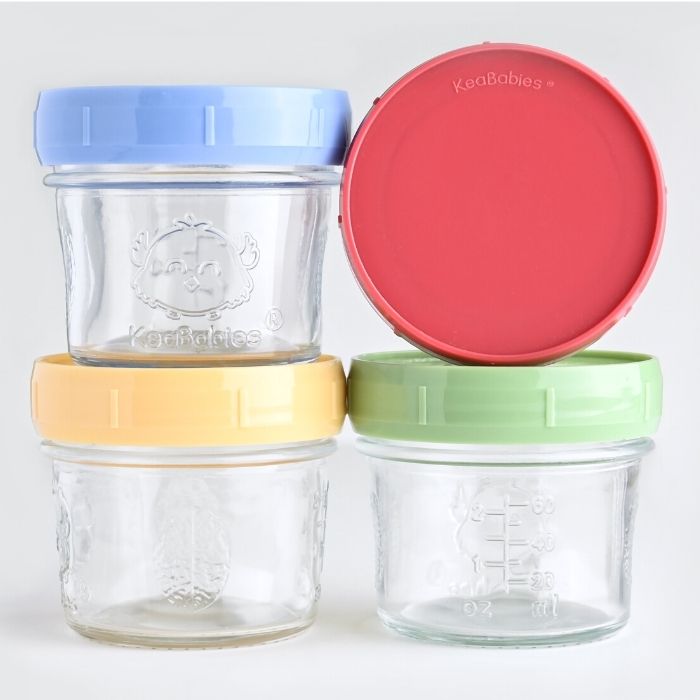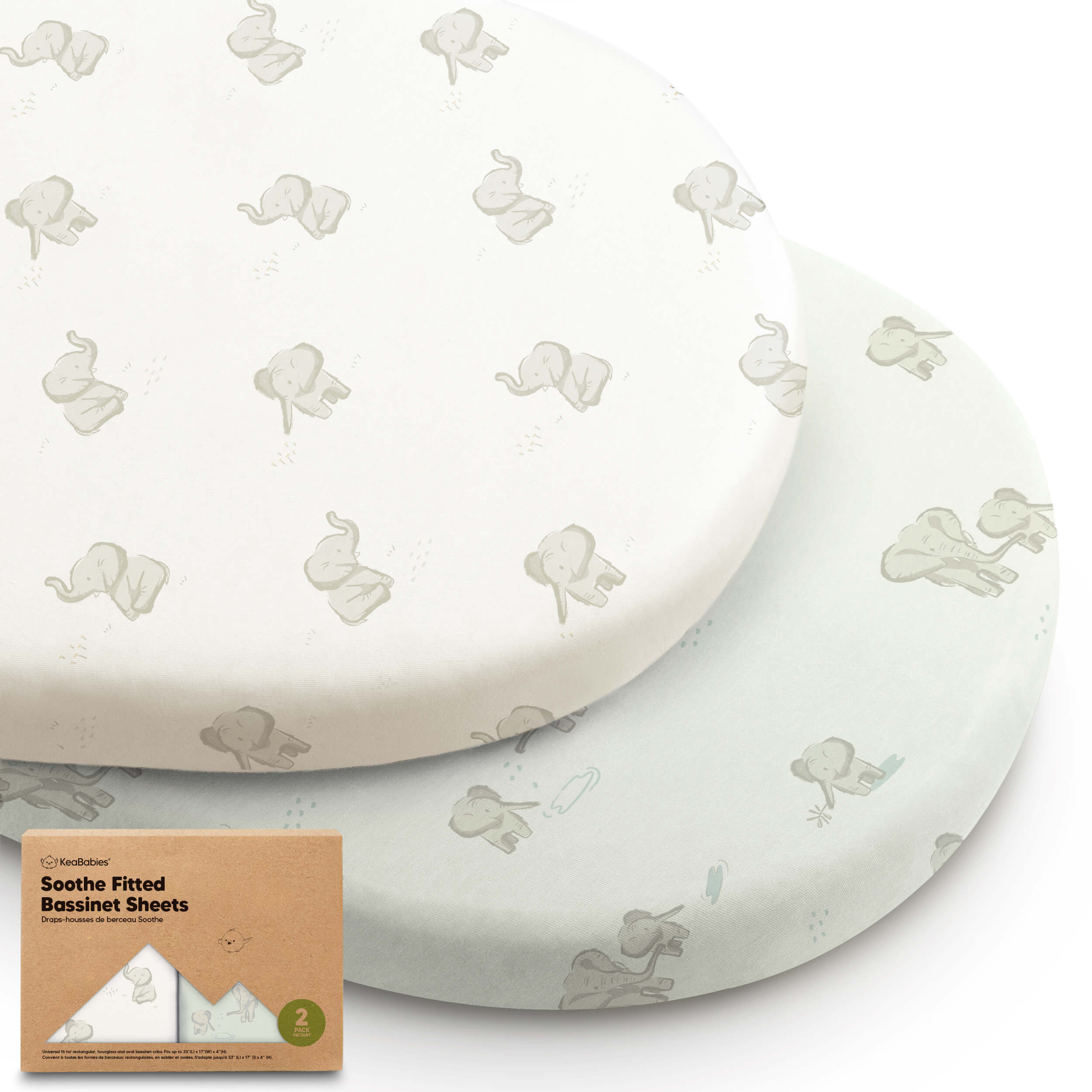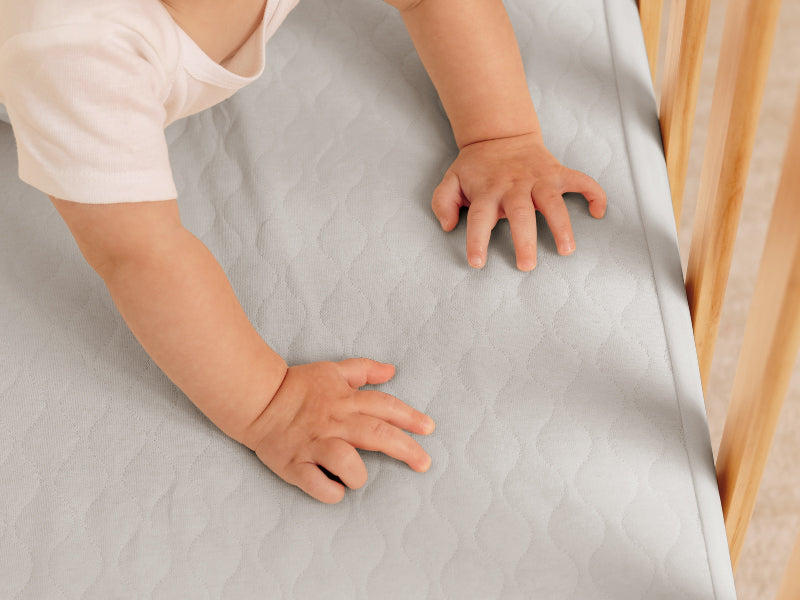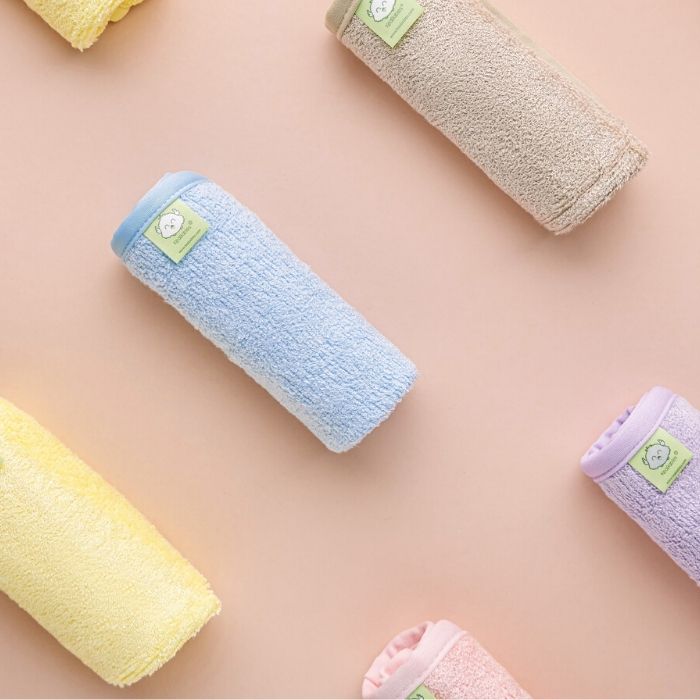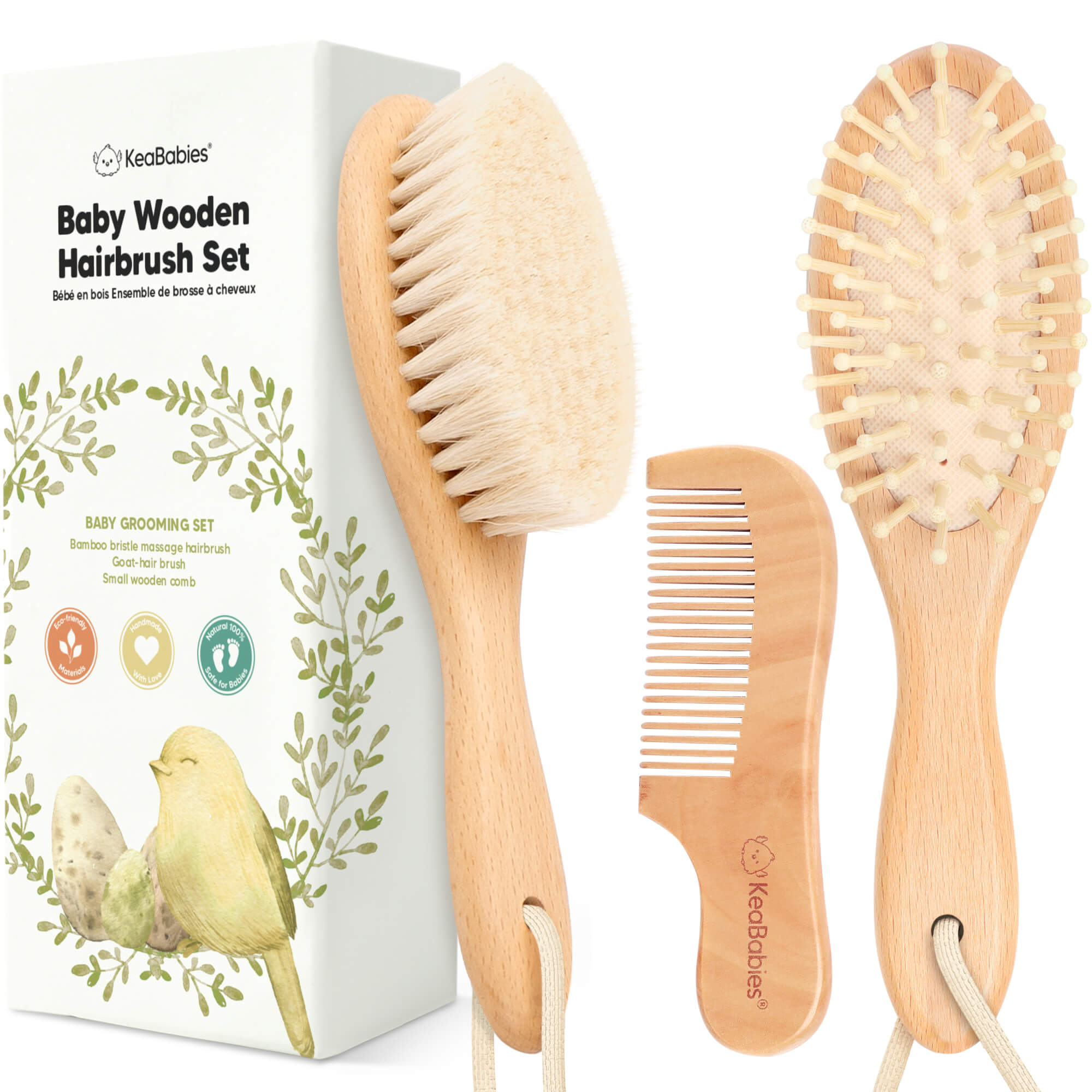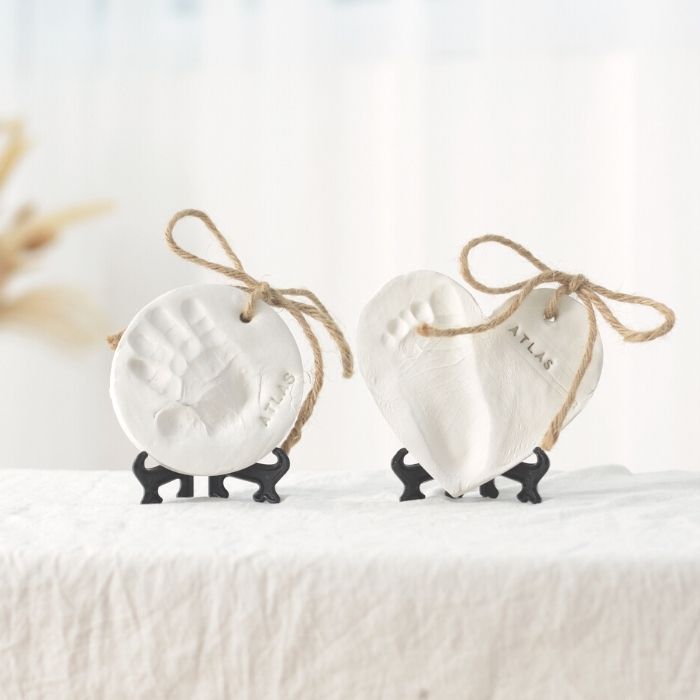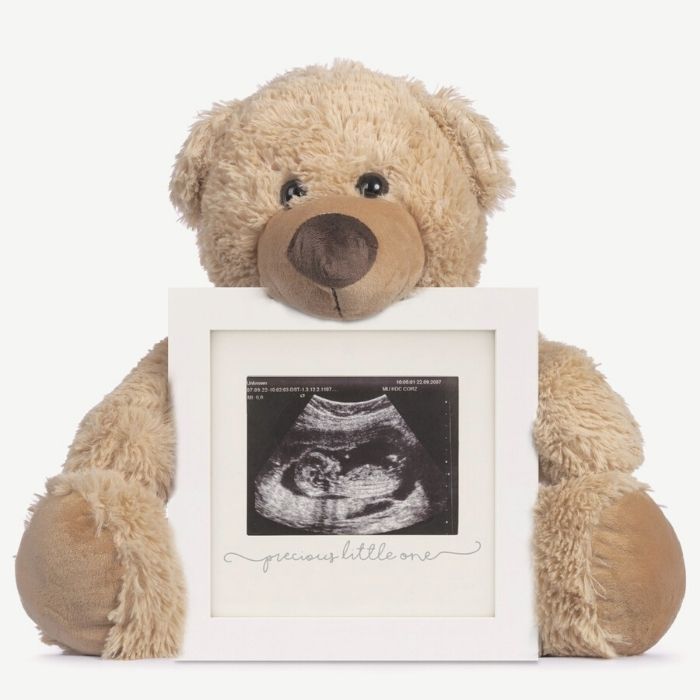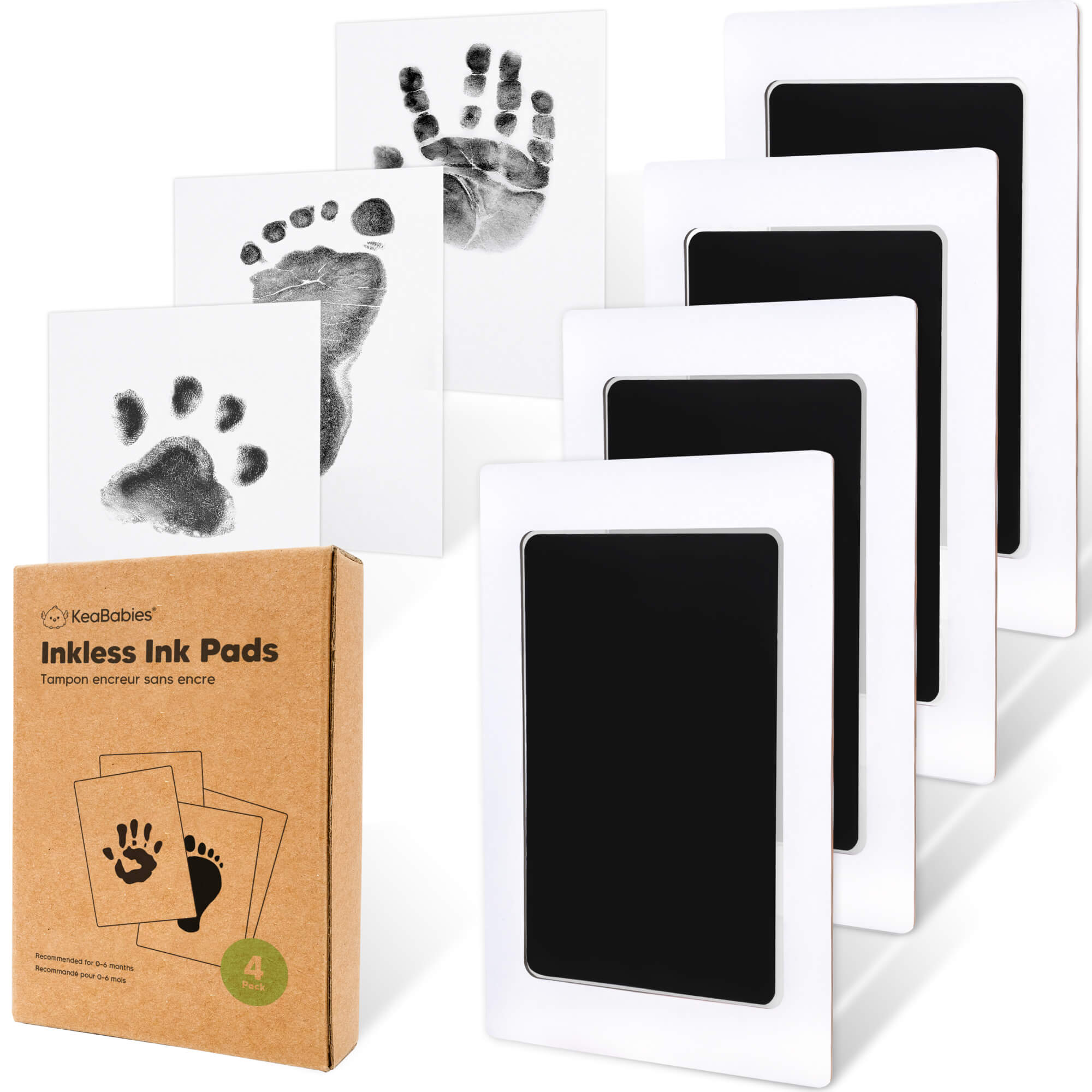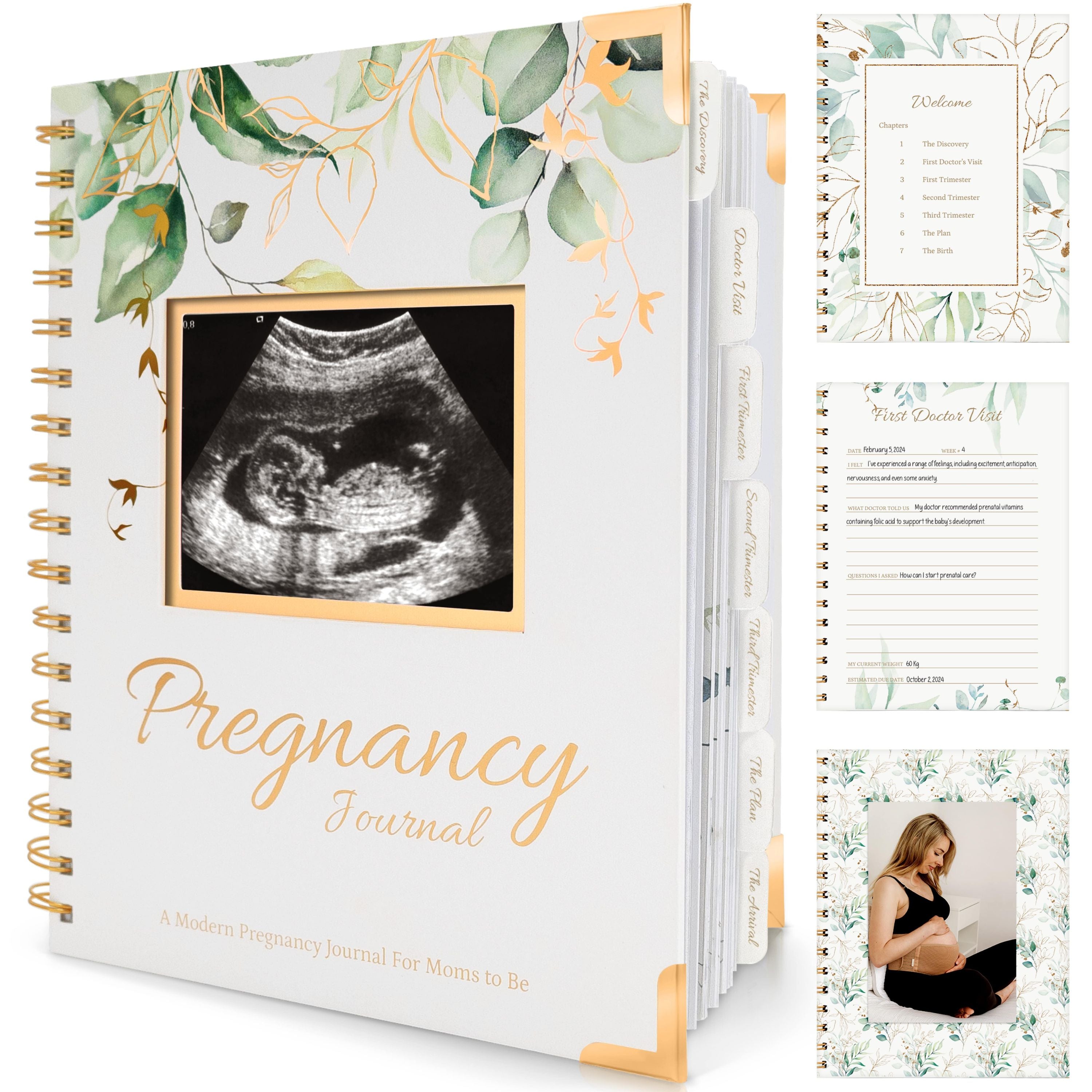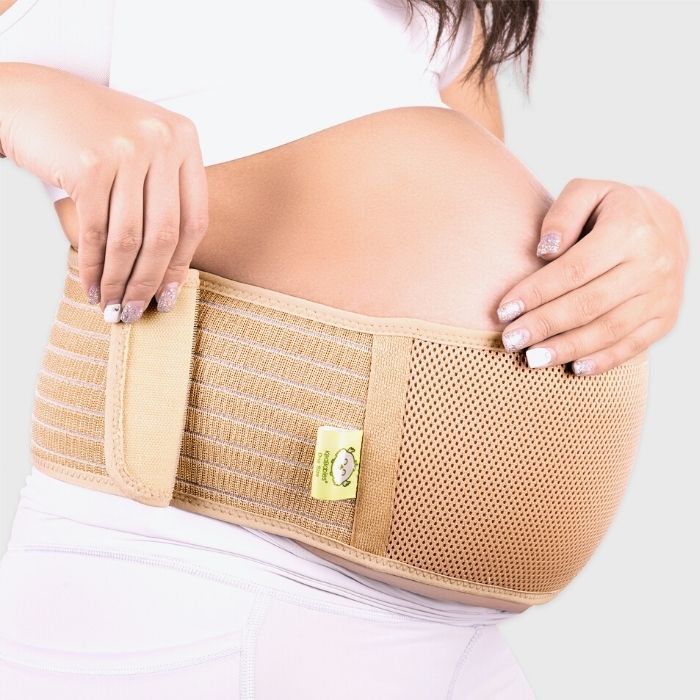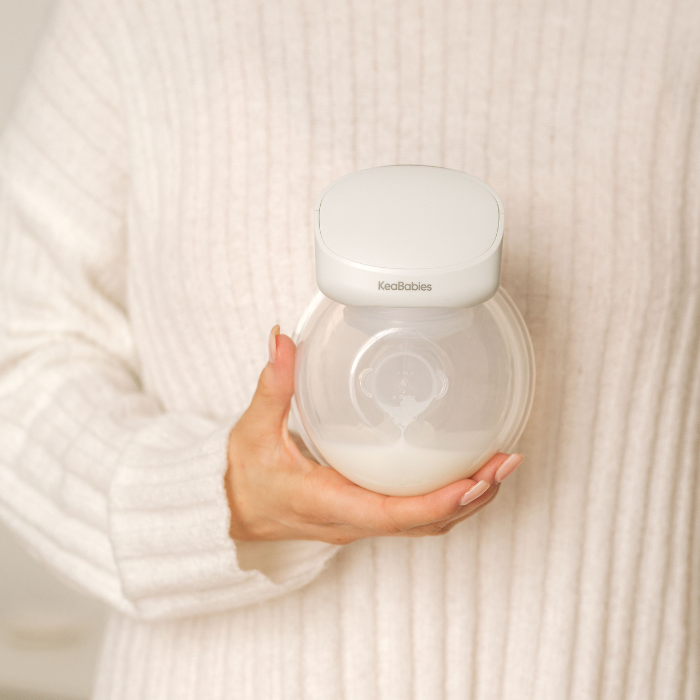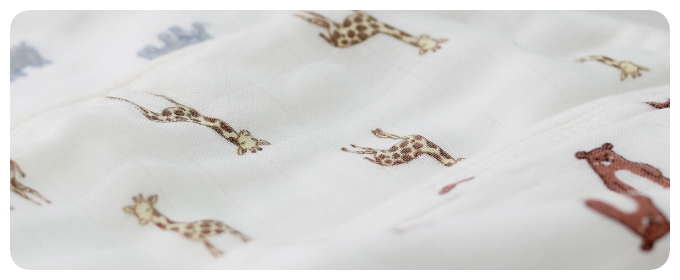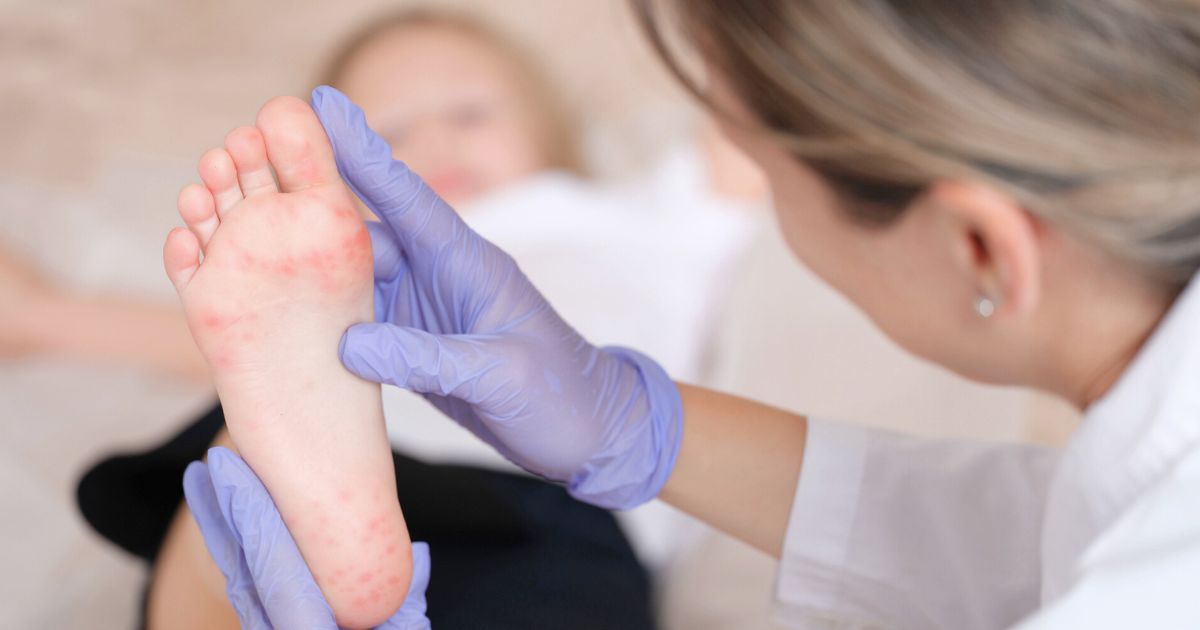
What Parents Need to Know About Hand Foot and Mouth Disease During Outbreak Season
Learn what parents need to know about Hand, Foot, and Mouth Disease (HFMD) during outbreak season. Discover symptoms, prevention tips, and how to care for your child at home.
As we enter back-to-school season, parents should know about Hand, Foot, and Mouth Disease (HFMD), which often spikes during late summer and early fall months. This illness spreads in common settings like daycares and playgrounds, and it's important to watch for early symptoms, such as fever, mouth sores, or rashes on hands and feet. Read on for practical advice on prevention through good hygiene routines like plenty of handwashing and toy sanitizing, as well as tips on how to ease symptoms at home. Hand foot mouth disease is a treatable, common illness for young children, but it's important to get prompt treatment and care!
Introduction to this Disease
Hand, foot, and mouth disease (HFMD) is one of the most common infectious diseases of childhood that affects kids younger than 5 years old, causing mouth sores, skin rash, and fever. It is a highly contagious viral infection that spreads easily through close contact with an infected person, which is why it is often in child care centers, day cares, and schools.
The disease is usually mild, but it can be uncomfortable for your sick child, causing painful sores in their mouth and on the hands and feet. No parent likes it when their child feels sick!
Signs and Symptoms of Hand Foot and Mouth Disease
The first signs of hand foot and mouth disease include a fever, sore throat, and runny nose, followed by the appearance of mouth sores and rashes on the hands and feet. The rash usually appears as small, flat spots or blisters that can be red and itchy. The mouth sores can be painful, making it difficult for your child to eat or drink.
Other symptoms of hand foot and mouth disease include loss of appetite, irritability, and increased drooling. You might even notice uncontrolled drooling, especially if you have an infant. In some cases, children may also experience diarrhea, vomiting, or a headache.
Who is most at risk?
Children younger than 5 years old are at the highest risk of getting hand foot and mouth disease, especially if they go to child care centers or schools where the virus can spread quickly when your child touches shared furniture, books, toys, and other objects.
Older kids and adults can also get hand foot and mouth disease, although it is less common, and pregnant women should take extra precautions to avoid close contact with someone who has the disease - which can be difficult when it is your own child.
People with weakened immune systems, such as those with chronic illnesses or taking immunosuppressive medications, can also be more susceptible to complications from this illness.
How does the disease spread?
HFMD spreads through close contact with an infected person, such as touching, shaking hands, or sharing food and drinks. It is especially contagious when the person has open blisters.
The virus can also spread through contaminated surfaces, toys, and eating utensils, as well as through the air when the sick child coughs or sneezes. Changing diapers, touching fecal matter, or coming into contact with nasal mucus or other bodily fluids from an infected person can also spread the disease. This is why the numbers of infections tend to increase during the summer and back to school season, when kids spend a lot of time together.
The virus can survive on surfaces for several days, making it essential to practice good hygiene and clean frequently touched areas regularly.
Managing Mouth Pain
-
To relieve mouth pain and discomfort, offer soft foods, such as yogurt or applesauce, and avoid giving the child spicy, acidic, or sharp foods that can irritate the mouth sores.
-
Use a soft-bristled toothbrush to clean the child’s teeth and mouth, and avoid using mouthwashes that can sting the sores.
-
Applying a topical anesthetic or using a pain reliever, such as acetaminophen or ibuprofen, can help alleviate mouth pain and reduce fever.
-
Encourage the child to stay hydrated by drinking plenty of fluids, such as water or clear broths, to prevent dehydration.
Treatment and Recovery
-
There is no specific treatment for HFMD, and most children recover on their own within 7-10 days without any complications.
-
The goal of treatment is to relieve symptoms, such as mouth pain and fever, and prevent dehydration.
-
In some cases, the child’s healthcare provider may prescribe medication to help manage symptoms or prevent complications.
-
It is essential to follow the healthcare provider’s instructions and take steps to prevent the spread of the disease to other children and adults.
Prevention Strategies
-
To prevent HFMD, practice good hygiene, such as washing hands frequently with soap and water, especially after changing diapers, touching bodily fluids, or coming into contact with contaminated surfaces.
-
Avoid close contact with someone who has HFMD, and keep the child home from school or child care until the rash has disappeared and the child is no longer contagious.
-
Clean and disinfect frequently touched surfaces, toys, and eating utensils regularly, and avoid sharing food, drinks, or personal items with others.
-
Teach children to cover their mouths and noses when coughing or sneezing and to wash their hands frequently, especially after using the bathroom or before eating.
Complications and Long-term Effects
-
In rare cases, HFMD can lead to complications, such as dehydration, respiratory infections, or neurological problems, especially in children with weakened immune systems.
-
Long-term effects of HFMD are rare, but some children may experience lingering symptoms, such as mouth pain or skin rashes, for several weeks after the initial illness.
-
In some cases, HFMD can lead to more severe illnesses, such as meningitis or encephalitis, although these complications are extremely rare.
-
It is essential to seek medical attention if the child’s symptoms worsen or if they experience any unusual or severe symptoms.
Additional Resources and Information
-
For more information on HFMD, consult reputable sources, such as the Centers for Disease Control and Prevention (CDC) or the American Academy of Pediatrics (AAP).
-
Talk to the child’s healthcare provider if you have any questions or concerns about HFMD or if you need guidance on managing symptoms or preventing the spread of the disease.
-
Stay up-to-date on the latest research and guidelines on HFMD, and take steps to prevent the spread of the disease in your community.
-
Encourage other parents and caregivers to take precautions to prevent the spread of HFMD, such as practicing good hygiene and keeping sick children home from school or child care.
Prevent spreading HFMD with awareness and good hygiene this season.
-
HFMD is a common and highly contagious childhood illness that can cause mouth sores, skin rash, and fever in children younger than 5 years old.
-
By practicing good hygiene, avoiding close contact with infected individuals, and taking steps to prevent the spread of the disease, you can help protect your child and others from getting HFMD.
-
If your child does get HFMD, follow the healthcare provider’s instructions and take steps to relieve symptoms and prevent complications.
-
Remember, HFMD is usually a mild illness that resolves on its own within 7-10 days, but it is essential to take precautions to prevent the spread of the disease and protect your child’s health.
While Hand, Foot, and Mouth Disease can be an uncomfortable experience for your child, it is usually mild and manageable with proper care. Knowing the symptoms, practicing good hygiene, and keeping sick children home during the contagious period are key to preventing the spread, especially during peak outbreak seasons like late summer and early fall. If your child shows signs of HFMD, stay calm, focus on keeping them comfortable, and reach out to your pediatrician with any concerns. With awareness and a little extra care, you can help protect your family and community from this common childhood illness.
|
|
Meet Our KeaMommy Contributor: Kaitlyn Torrez I’m Kaitlyn Torrez, from the San Francisco Bay Area. I live with my husband and two children, Roman and Logan. I’m a former preschool teacher, currently enjoying being a stay at home mom. I love all things writing, coffee, and chocolate. In my free time, I enjoy reading, blogging, and working out. |



